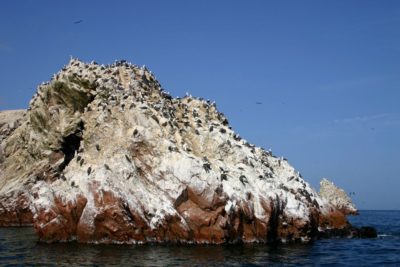
Different parts of our ocean ecosystems, from the shallow water reefs we snorkel in, to the open ocean systems we travel across, to the deepest unknown depths, are connected by biogeochemical cycles. This includes the water cycle that transports water between our oceans, lakes, streams, and atmosphere, as well as the carbon cycle that transports organic matter through earth’s atmosphere, oceans, soils, and crust. It also includes the lesser-known, but equally important, nitrogen cycle.

An example of how the nitrogen cycle functions in terrestrial (land) environments.
Nitrogen is one of the most basic and necessary elements of life along with carbon, hydrogen and oxygen. Although it makes up around 80% of our atmosphere it is not always very easy to come by. That is because nitrogen exists in many forms like nitrogen gas (N2), ammonium (NH4+), nitrite (NO2-), and nitrate (NO3-), only some of which are directly usable to the organism that need them to function.

Ammonium is the form of nitrogen that is most easily consumed by microorganisms. For this reason, ammonium is consumed almost as fast as it is produced, a process called “assimilation.” The result is that the nitrogen becomes incorporated into the cells of living organisms. Ammonium also happens to be very easy to find around the island. You only have to look for a white rock!
 Guano, or bird poop, is loaded with ammonium! When this guano is washed off the rocks, it fertilizes the algae in the water. The algae, in turn, is eaten by fish, which are then eaten by bird! When the birds return to the rocks to rest and poop, the cycle starts all over again.
Guano, or bird poop, is loaded with ammonium! When this guano is washed off the rocks, it fertilizes the algae in the water. The algae, in turn, is eaten by fish, which are then eaten by bird! When the birds return to the rocks to rest and poop, the cycle starts all over again.


